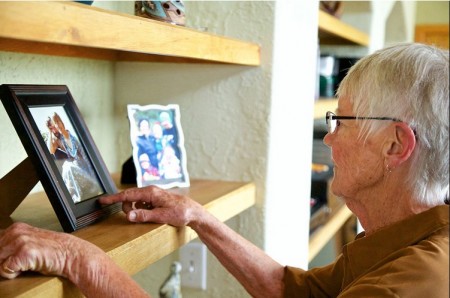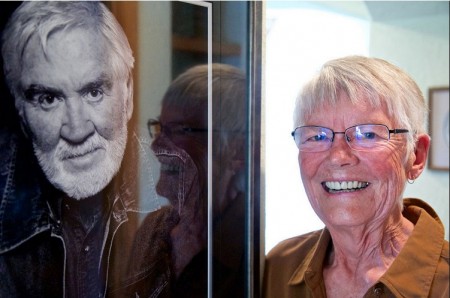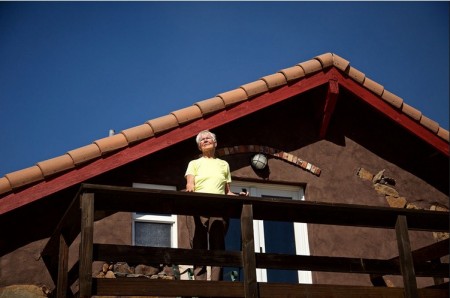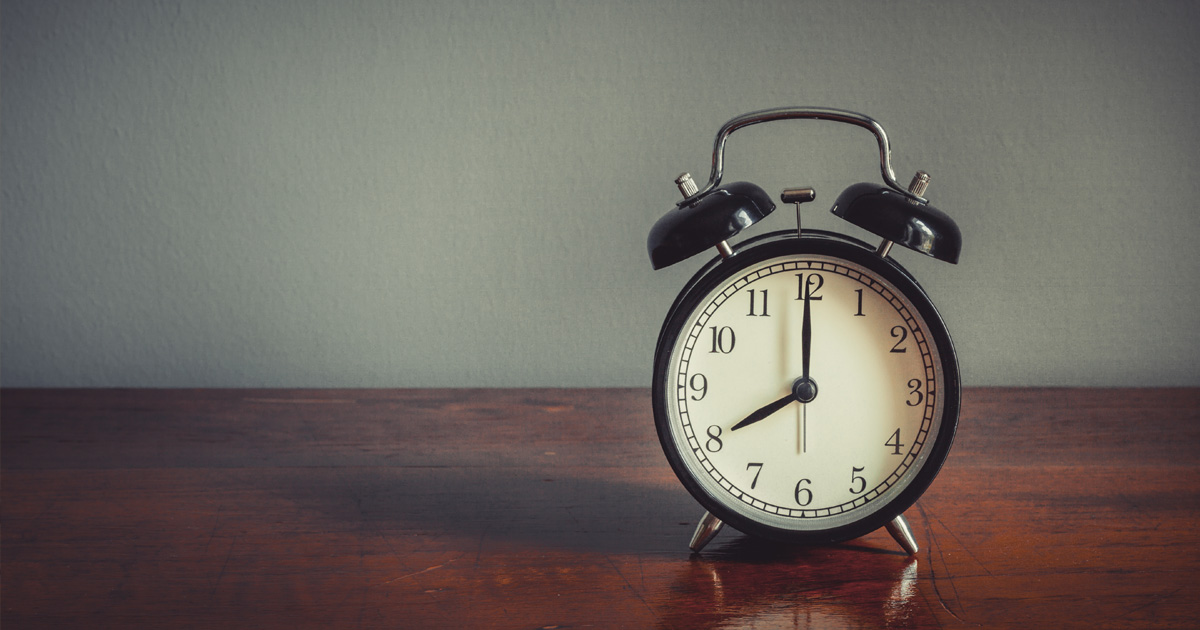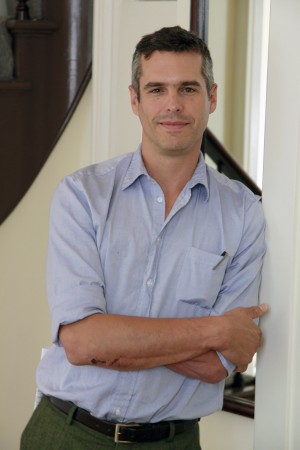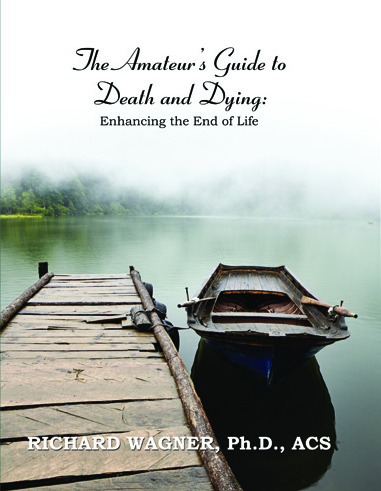The following information is primarily for our friends in the UK. However, it’s a great checklist for the rest of us too.
It’s important to understand the financial, practical and emotional support available to you and the person you care for. Information on the support that may be available to you or the person you care for is provided below.
Financial support
You or the person you care for may be entitled to some financial support. Some information on this is provided below.
Benefits for the person you care for
The person you care for may be entitled to:
- Disability Living Allowance, if they are under 65 and need help with personal care and/or getting around
- Attendance Allowance, if they are 65 or over and need help with personal care
- Employment and Support Allowance, if they are under state pension age and have an illness or disability which affects their ability to work
There are special rules to help terminally ill people get Disability Living Allowance, Attendance Allowance or Employment and Support Allowance quickly and easily.
Carer’s Allowance
As a carer, you may be entitled to receive Carer’s Allowance. You can keep getting this for up to 12 weeks if the person you care for goes into hospital and for up to 4 weeks if they go into a care home (provided certain conditions are met). If the person you care for dies, Carer’s Allowance will usually stop after eight weeks.
Practical support
There’s lots of support available from different organisations for carers. It’s important that you have enough practical and emotional support in your caring role.
Support from social services
The social services department of your local Trust may provide a range of social care services and equipment for terminally ill people.
Assessments from your local Trust
An assessment with social services is the first step towards getting help and support for yourself and the person you care for. The person you care for is entitled to a health and social care assessment, while you, as a carer, are entitled to a carer’s assessment.
Emotional support
Although friends and family can provide emotional support at this difficult time, you may find it easier to talk to a professional counsellor or to other carers in a similar position. The person you’re caring for and other family members may also benefit from counseling.
Support groups for carers
There may be support groups for carers in your local area. This could give you the opportunity to talk to other people in the same situation as yourself.
Help with caring for someone at home
There are different options to help you care for someone at home.
Medical and nursing care
If the person you care for needs specialist medical or nursing care to enable them to continue living at home, you can arrange this through their local doctor (GP). Services that may be available include:
- visits from a district or community nurse (for example, to change dressings, give injections or help with bathing or toileting)
- help with getting the person into and out of bed
Services that are provided by the local Trusts may vary from region to region.
Short-term breaks
Both you and the person you care for may benefit if you can take a short-term break from caring from time to time. This is sometimes known as respite care. You can arrange short-term breaks through your local Trust.
Employing a professional carer
If you’re caring for someone who needs a lot of care, you may choose to employ a professional carer (or carers) to share the caring role with you.
Alternatives to caring for someone at home
Hospice care
Hospices are residential units that provide care specifically for people who are terminally ill, and offer support to those who care for them.
Hospices specialise in palliative care, which aims to make the end of a person’s life as comfortable as possible and to relieve their symptoms when a cure is not possible. Hospices are run by a team of doctors, nurses, social workers, counsellors and trained volunteers. Many hospices offer bereavement counseling.
Hospice staff can sometimes visit people at home and are often on call 24 hours a day. It is also possible for patients to receive daycare at the hospice without moving in, or to stay for a short period to give their carers a break.
There is no charge for hospice care, but the person you care for must be referred to a hospice through their GP, hospital doctor or district nurse.
In Northern Ireland, hospice care is provided by:
- NI Hospice website
- Marie Curie Hospice, Belfast website
- Foyle Hospice website
- Southern Area Hospice Service website
Hospital care
There may be times when a terminally ill person needs to go into hospital. If the person you care for is coming home after a hospital stay, your local Trust will work to meet any continuing health and social care needs. The person’s needs should be assessed before they return home and a package of care arranged for them.
Care homes
If the person you care for needs a level of care and support that cannot be provided in their own home, a residential care or nursing home could be the answer. You can find detailed information about care homes in the health and well-being section of nidirect.
Helping the person you care for prepare for death
It’s natural for someone who is terminally ill to want to sort out their affairs and make decisions about what kind of medical treatment they want (or don’t want) at the end of their life. The ‘rights and responsibilities’ section of nidirect contains useful information about wills, living wills and the right to refuse medical treatment and resuscitation.
When the person you care for dies
There are things you may need to consider if you care for a terminally ill person.
What to do after a death
When someone dies, there are some things you will need to do straight away, or within the first few days and weeks.
Bereavement counseling
When someone close to you dies, you may benefit from counseling from a specialist bereavement counsellor. The charity Cruse Bereavement Care can help with this.
Benefits and bereavement
If the person you care for dies, Carers Allowance will usually stop after eight weeks. If your spouse or civil partner has died, you may be able to claim one or more of the following bereavement benefits:
- bereavement payment; a single tax-free payment for people who are under state pension age when their spouse or civil partner dies
- widowed parents allowance for people who have dependent children
- bereavement allowance for those aged 45 and over when their spouse or civil partner dies
Complete Article HERE!




